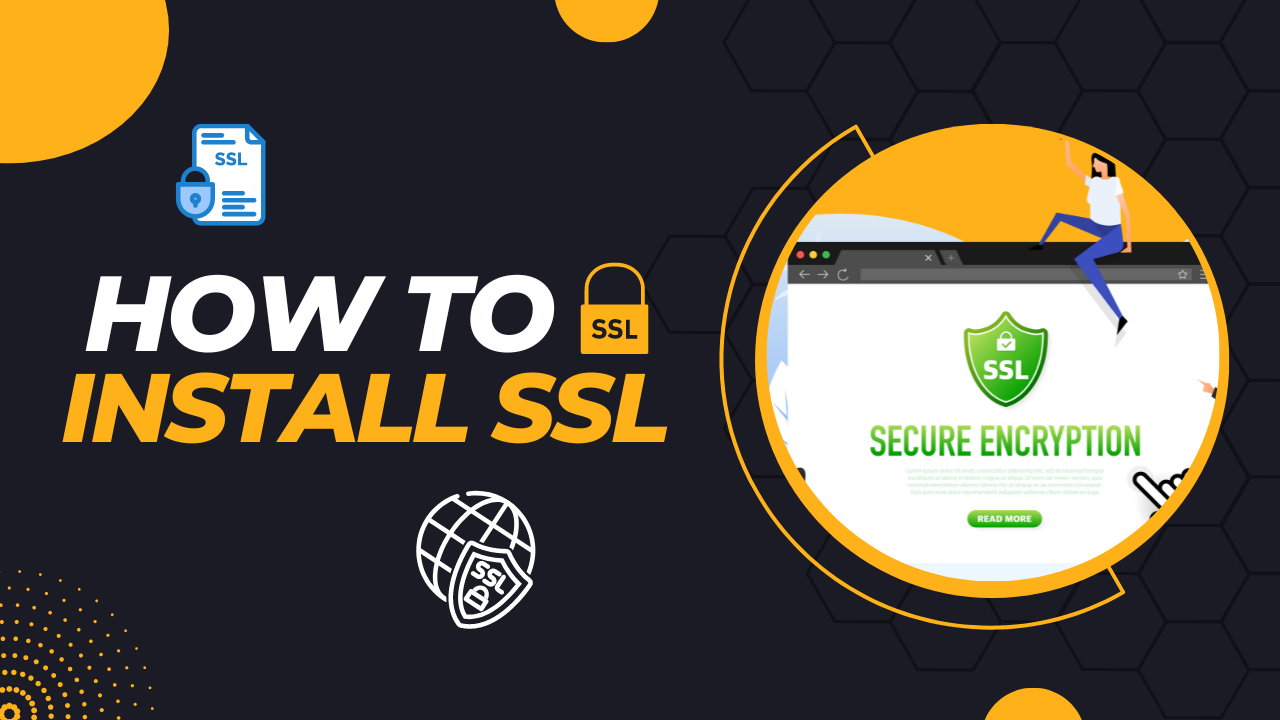Securing your website with SSL (Secure Sockets Layer) is essential to protect sensitive data and build trust with your visitors. In cPanel, you can easily install an SSL certificate using a .crt file, private key, and CA bundle. This tutorial will guide you through the step-by-step process of installing an SSL certificate for your domain in cPanel.
Prerequisites:
Before you begin, make sure you have the following:
1. SSL certificate in .crt format: This file contains your domain’s SSL certificate.
2. Private key: This is the private key associated with the SSL certificate.
3. CA bundle: The CA (Certificate Authority) bundle contains intermediate certificates to establish the chain of trust.
Step 1: Log in to cPanel
Open your web browser and navigate to your cPanel URL (usually https://yourdomain.com:2083). Log in with your cPanel username and password.
Step 2: Locate SSL/TLS Manager
Once logged in, find the “Security” or “SSL/TLS Manager” icon in the cPanel dashboard. Click on it to access the SSL/TLS Manager.
Step 3: Choose “Manage SSL Sites”
In the SSL/TLS Manager, look for the section labeled “Certificates (CRT).” Under this section, you will find the “Manage SSL Sites” option. Click on it to proceed.
Step 4: Select Domain
You will now see a list of domains associated with your cPanel account. Choose the domain for which you want to install the SSL certificate from the drop-down menu.
Step 5: Paste the Certificate, Private Key, and CA Bundle
In this step, you need to copy and paste the content of the .crt file, private key, and CA bundle into the respective text boxes.
a) Certificate: Open the .crt file with a text editor and copy its content. Paste it into the “Certificate (CRT)” box.
b) Private Key: Copy the private key content from your source (usually provided by your SSL certificate provider) and paste it into the “Private Key” box.
c) CA Bundle: Open the CA bundle file with a text editor, copy its content, and paste it into the “CA Bundle” box.
Step 6: Install the SSL Certificate
After pasting all the required information, click on the “Install Certificate” button to initiate the SSL installation process.
Step 7: Verify SSL Installation
Once the SSL certificate is installed, you will receive a confirmation message. To ensure that the SSL is correctly installed, access your website using “https://” before your domain name (e.g., https://yourdomain.com). If the installation is successful, you will see a padlock icon in the browser’s address bar, indicating that your website is secure.
Step 8: Update Website URLs (Optional)
If your website’s URLs are hardcoded with “http://” instead of “https://,” you may need to update them to avoid mixed content issues. Update any internal links, scripts, or resources to use “https://” instead of “http://.”
Conclusion:
Congratulations! You have successfully installed an SSL certificate on your domain using .crt, private key, and CA bundle in cPanel. Your website is now encrypted, secure, and ready to protect your users’ data. Always remember to renew your SSL certificate before it expires to ensure uninterrupted security for your website.

